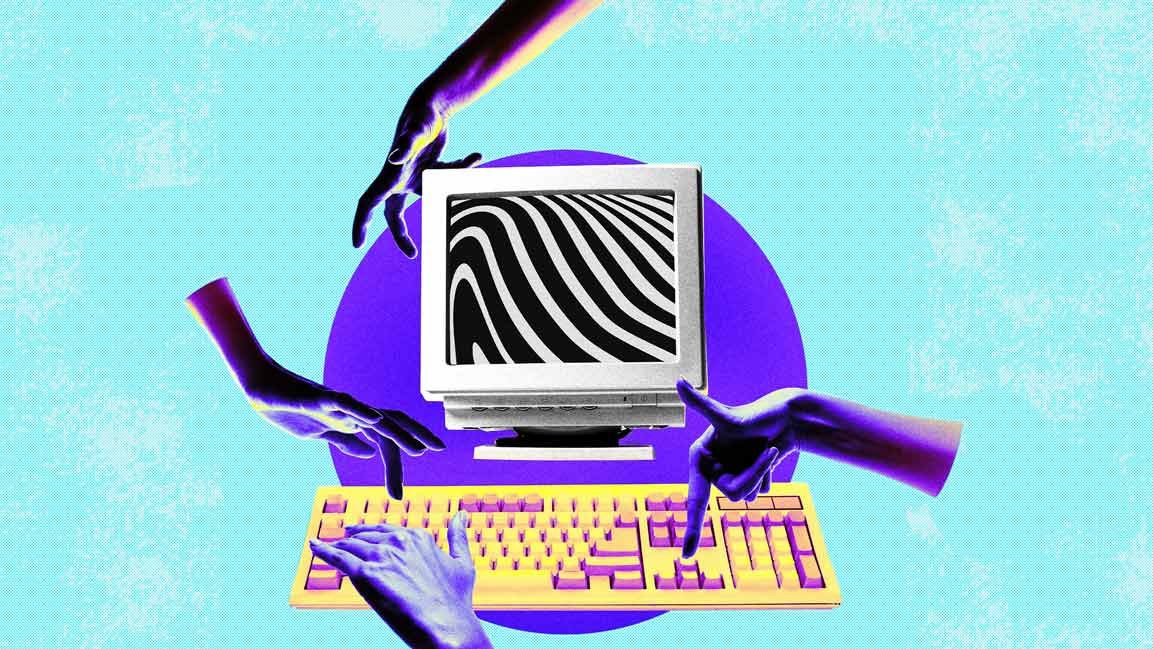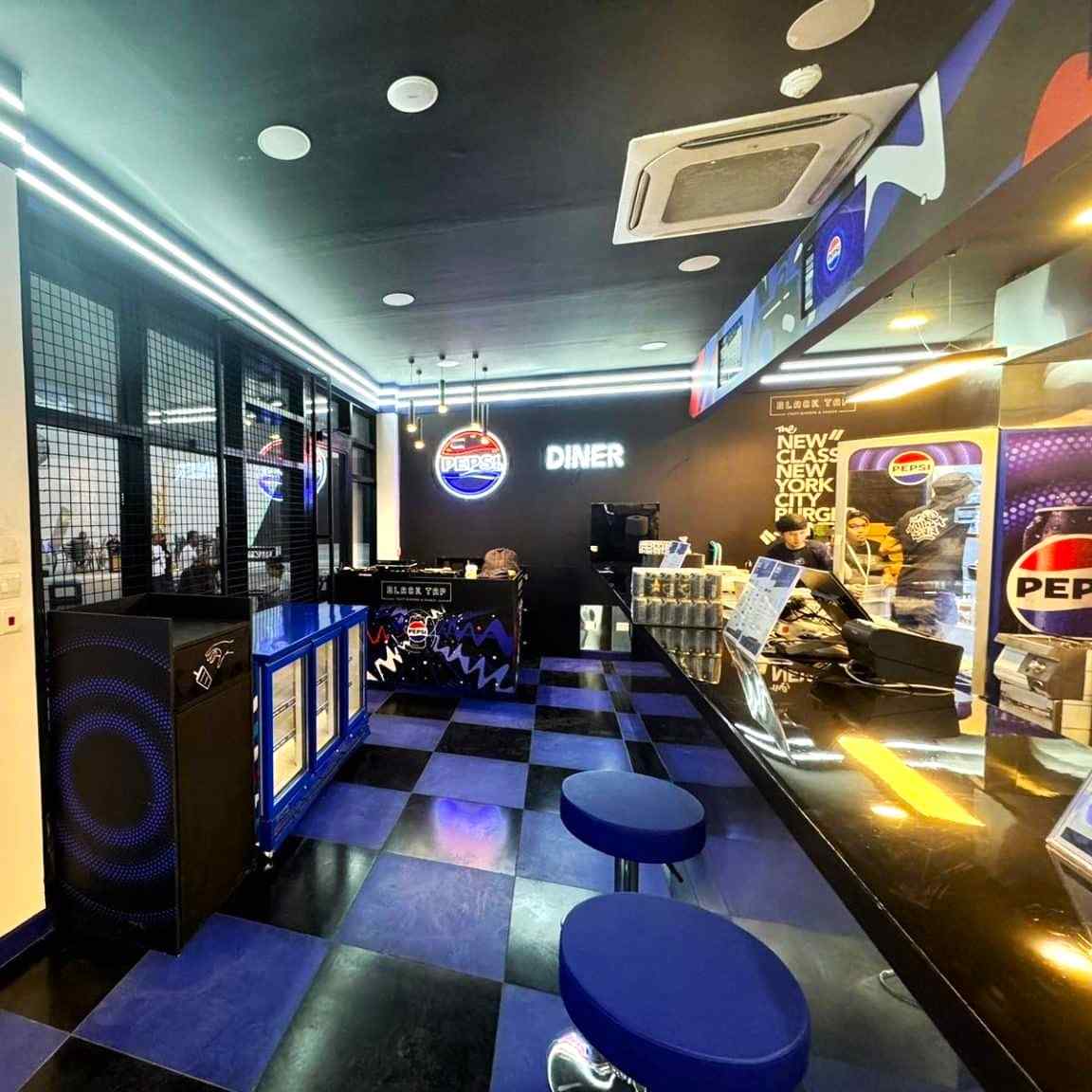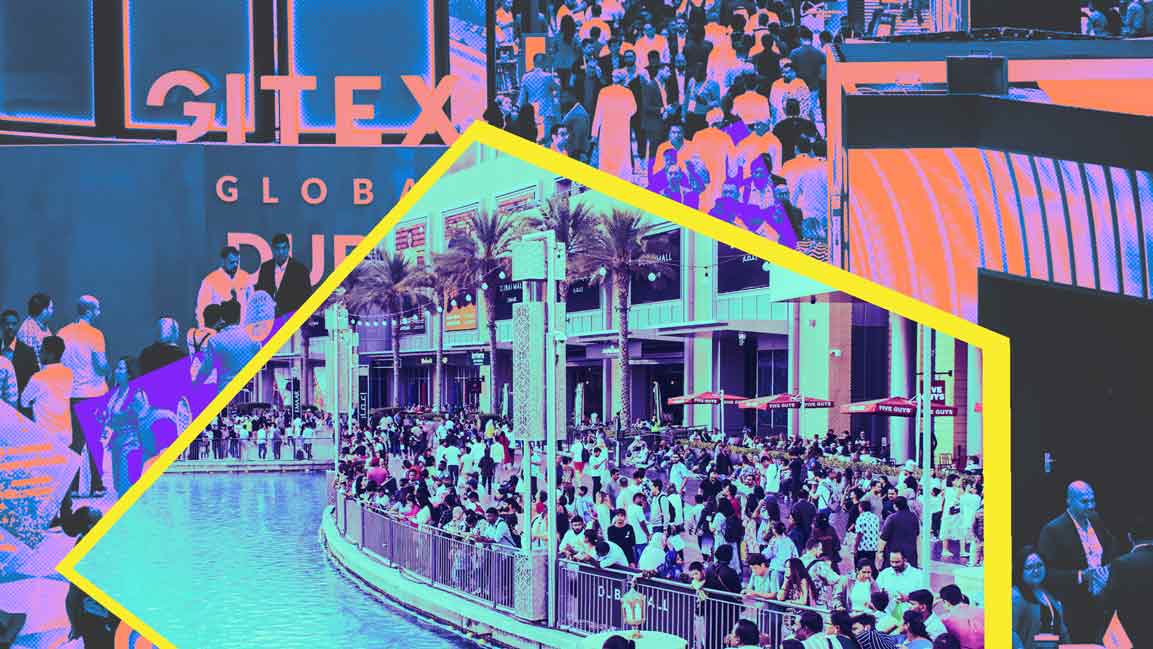- | 9:00 am
Blast from the past: How brands are turning retro into revenue
Local languages, dialects, regional talent, and storytelling are essential to ensure nostalgia marketing remains authentic

From Y2K and ’90s fashion to ’80s TV shows, trends have returned, usually operating in a 20-year cycle. The same goes for marketing strategies, as nostalgia marketing takes over in the form of vintage-inspired pop-ups and throwback campaigns from massive brands.
In Saudi Arabia, campaigns like Toyota’s Saudi Pulse blended heritage and modernity about the kingdom’s history and culture, while Starbucks’ Tradition in Every Sip and McDonald’s Unity Through Traditions brought back familiar flavors and themes.
Pepsi’s Vintage Chatbot lets consumers recreate period-correct can designs based on their birth year and buy or share the results. Its retro diner concept in Saudi Arabia, reimagined with Black Tap burgers, live DJs, air hockey, and an E-sports World Cup vibe, blended classic nostalgia with modern music and gaming culture.
The nostalgia wave is hitting retail, too. The Luxury Closet reportedly said vintage sales climbed nearly 25% last year. This shows how memory and personalization are driving trends across the region.

The Pepsi Diner | PepsiCo
NOSTALGIA IS TAKING OVER
For Sebastien Boutebel, Chief Creative Officer at Saatchi & Saatchi ME, nostalgia in the region isn’t just old clips and fuzzy memories; “It’s a group memory with regional subtitles,” he says. “That ‘we grew up with this’ feeling still hits, but now it’s remastered.”
Boutebel points to campaigns in Egypt, such as Pepsi and Chipsy, that revive icons like Nelly from the Fawazeer era, evoking family-room nostalgia reimagined for a new audience.
Saudi National Day campaigns lean on heritage motifs and archival aesthetics, while platforms like Anghami tap into generational emotion by spotlighting legends such as Umm Kulthum during major anniversaries.
The trend pops up in unexpected places, too, like Fujifilm’s Instax teaming up with Spacetoon and pulling straight from pan-Arab childhood TV to give fans something nostalgic (and Instagrammable) to hold in their hands.
“The trick isn’t retro for retro’s sake; it’s mixing shared cultural rituals for Ramadan evenings, national days, and classic songs with 2025 craft so the memories feel native to today’s feeds.”
View this post on Instagram
Karim Mohsen, PepsiCo’s Chief Marketing Officer for the Middle East and Africa, says nostalgia marketing in beverages resonates most when it uses shared cultural touchpoints and familiar sensory cues.
“Across the region, PepsiCo has found that reviving elements from Pepsi’s classic campaigns, from retro packaging to visuals like the old Pepsi logos, can spark powerful memories when reimagined for today’s consumer.”
He points to Ramadan as a particularly strong moment, accounting for nearly 20% of FMCG annual sales. “Campaigns often draw on imagery of family gatherings, traditional music, and cultural heritage to create a personal and collective connection.”
Authenticity, he adds, comes down to localization: using local languages, dialects, regional talent, and storytelling rooted in cultural heritage to make nostalgia feel fresh, relevant, and real.
EMOTIONAL TRIGGERS
Nostalgia marketing triggers emotions of belonging and comfort. It can take people back to moments with family and friends. This emotional pull, Mohsen says, can make people “more receptive to brand messages and more likely to choose a familiar product over a new alternative.”
It can also influence purchasing behavior, as research shows nostalgic feelings can reduce price sensitivity and increase the appeal of limited-edition or premium versions of a familiar brand.
Similarly, Boutebel says it inspires belonging, safety, continuity, and the cultural comfort food that lowers decision friction. This is most seen during cultural and religious seasons like Ramadan.
“Ramadan advertising has long traded on that feeling, with family tables, familiar pacing, music cues that say ‘you know this moment,’ which is why marketers keep calling for meaning over mere visibility during the season.”
The result is simple math, Boutebel adds. “When an ad sounds like your living room, you give it time; when a product looks like your childhood, you give it permission. Layer on platform dynamics, with nostalgia trends that spike saves, shares, and, yes, impulse buys, and you get a clean runway from warm and fuzzy to cart and checkout. “
But there are multiple cautionary points. Are brands relying too heavily on comfort at the expense of novelty? Are we measuring beyond vanity metrics to real durability? And significantly, are we unintentionally reinforcing old stereotypes under the guise of memory, or are we rewriting them so today’s audiences see themselves reflected at the table?
STAYING RELEVANT
Boutebel highlights how a balance must be maintained between utilizing nostalgia and retro aesthetics and staying relevant.
“You start with the throwback and end with a remix. TikTok has a standing ovation for 90s/00s cues, which means the past is a ready-made soundboard, if you let people play with it.”
That’s why, he says, the smartest rollouts look less like a museum tour and more like a kit, heritage visuals cut for vertical, classic audio licensed for duets, and creators invited to stitch their timeline onto it.
Amr Kawashti, Co-Founder and Managing Partner of Egyptian fashion label In Your Shoe, often weaves cultural references into the brand’s designs, from childhood snacks and old TV shows to vintage typography and pre-digital aesthetics.
“What works best is when nostalgia is fused with a modern edge, creating something that feels familiar and fresh. We often play with Arabic pop culture and streetwear that feels relatable,” Kawashti says.
But brands shouldn’t get stuck in the past. Rather than recreating it literally, the key is to reinterpret it through today’s context and design language.
“Gen Z especially connects with irony, memes, and self-aware storytelling. So we’ll reference a nostalgic item or era but remix it through a bold, playful lens that aligns with how younger audiences engage with trends,” adds Kawashti.
Although nostalgia resonates across generations, it needs to carry a sense of progress for younger consumers.
Milana Boskovic, Director of Marketing and R&D at Al Ain Farms Group, says that the company marked last year’s National Day with limited-edition packaging featuring illustrations of UAE symbols, reimagined with a modern twist to celebrate the nation’s legacy while reflecting the brand’s growth alongside its people.
“Such approaches ensure nostalgia feels dynamic and exciting, bridging the gap between tradition and innovation. For us, nostalgia isn’t about marketing the past, it’s about using it as a launchpad for something new whether that’s innovation, sustainability or tech-driven products.”
THE ROLE OF SOCIAL MEDIA
Social media platforms like TikTok and Instagram have redefined how cultural memories are shared with younger consumers, making them more dynamic, interactive, and able to spark meaningful connections.
“With trends such as ‘then vs. now’ reels, duetting old footage, and bringing back classic songs, these platforms allow brands to connect with younger audiences in engaging ways while reinforcing history and values,” Boskovic says.
TikTok’s remix culture allows brands to reintroduce heritage assets as trending sounds that creators can adapt and personalize.
“These platforms are discovery channels where younger audiences actively co-create. Nostalgic ‘throwback’ content often delivers high engagement and direct purchase interest,” says Mohsen.
Furthermore, TikTok’s CapCut presets, Instagram’s Add Yours chains, Reels’ auto-captions, and filters that mimic VHS or CRT, let younger audiences perform an era, not just remember it.
“And because the rails are now shoppable, the warm glow doesn’t stall at the like button. It can jump straight to a limited drop or a retro pack in two taps,” says Boutebel, while cautioning against pushing “synthetic vintage” too far.
“Do we aim for broad, exportable aesthetics or invest in hyper-specific cues that actually mean something locally? And for what keeps our clients awake at night: how much of the brand code are we willing to let the internet bend if that keeps the remix alive?”






































